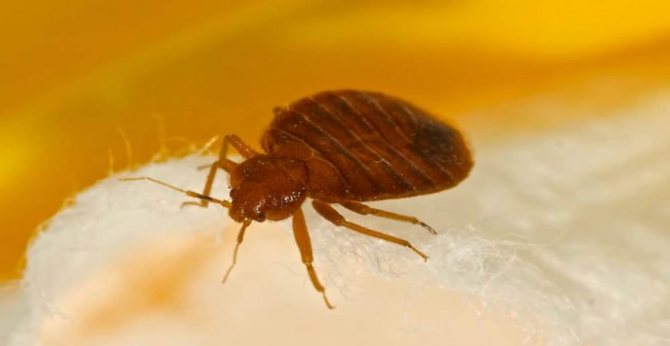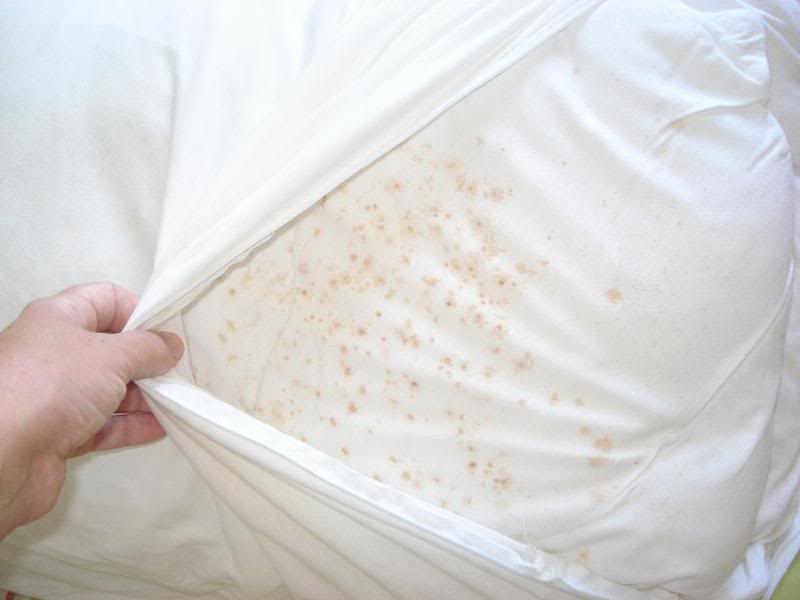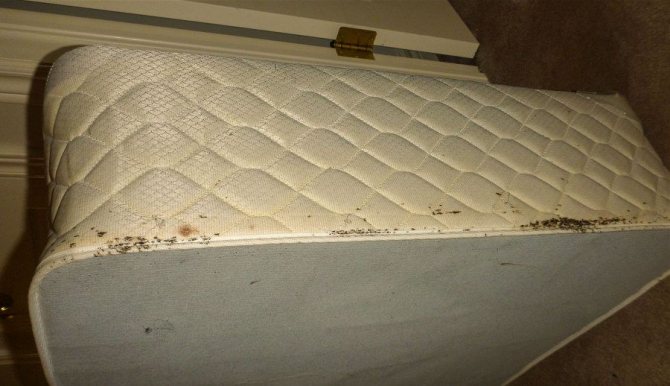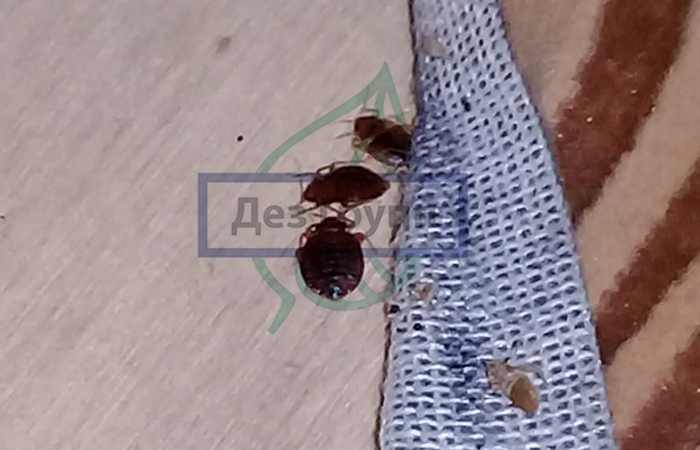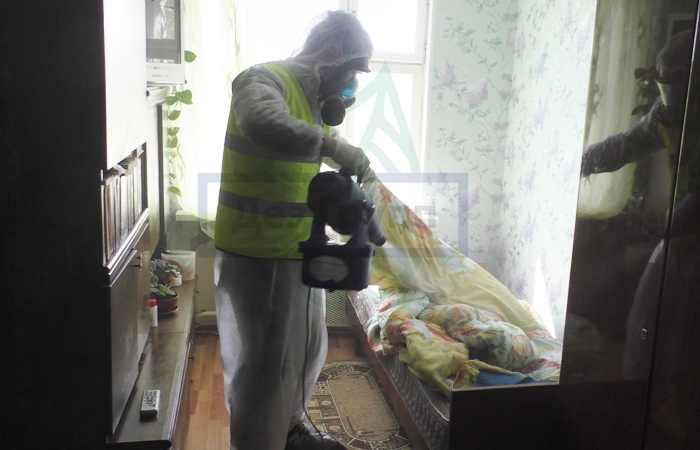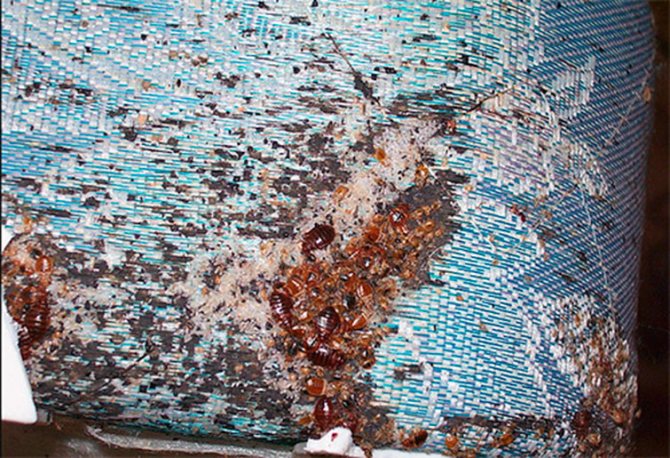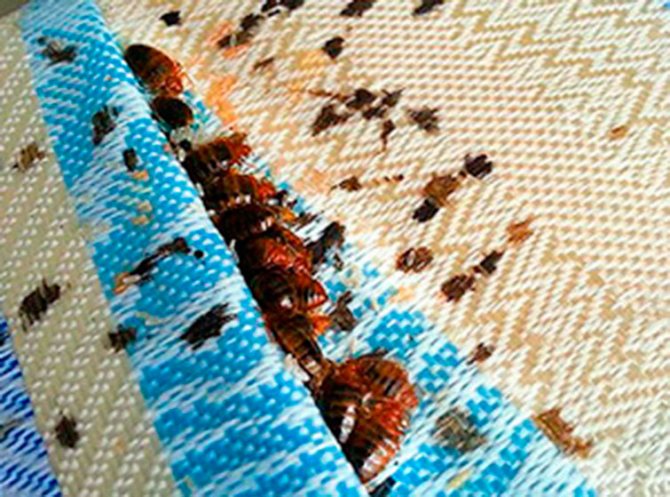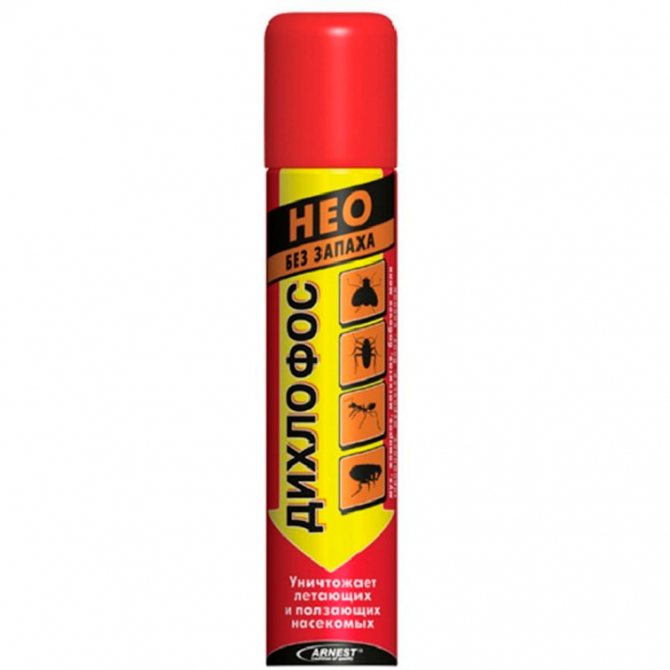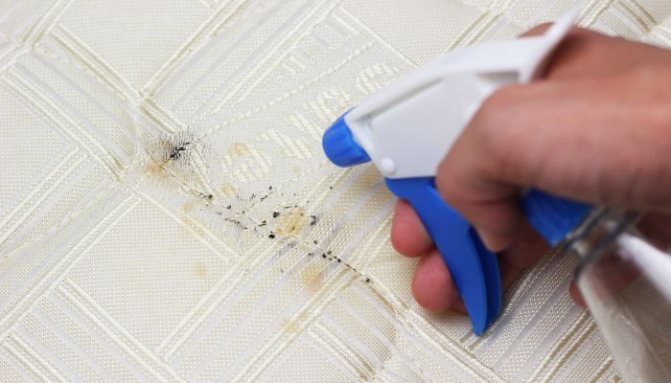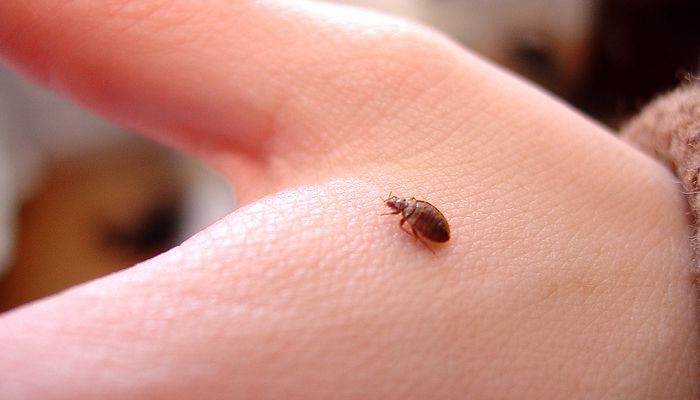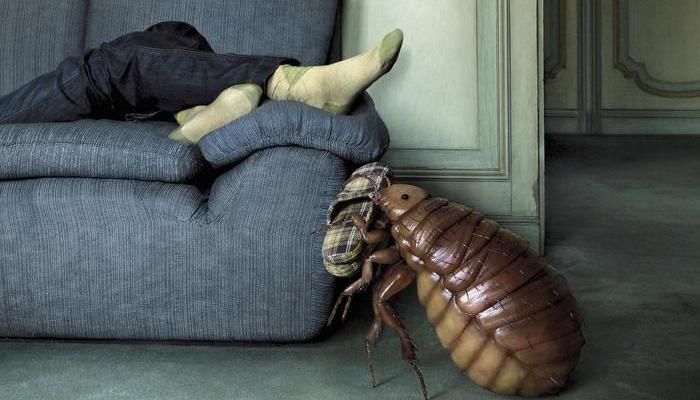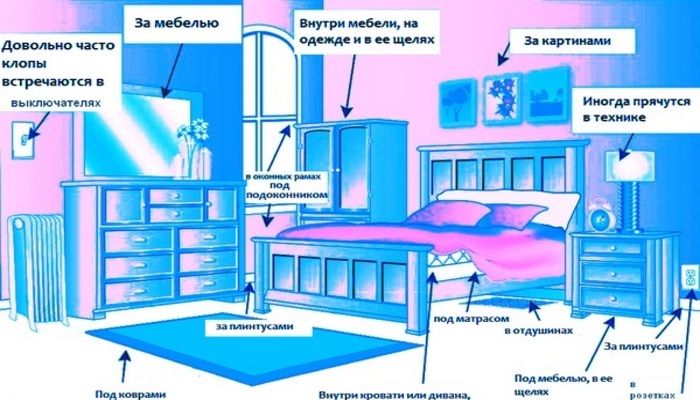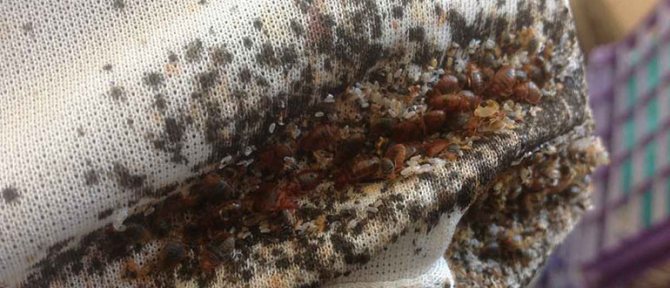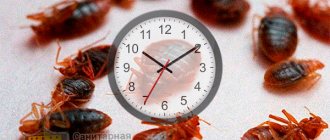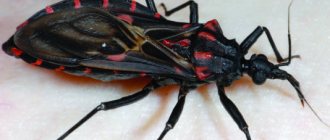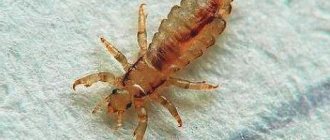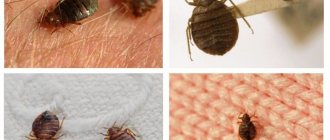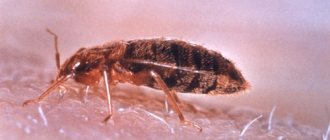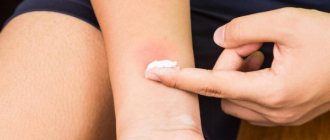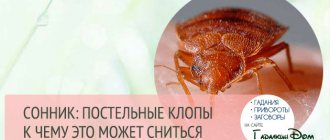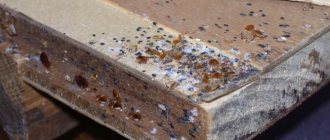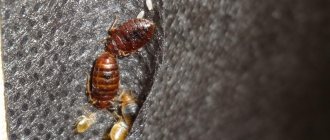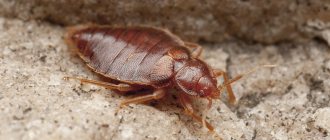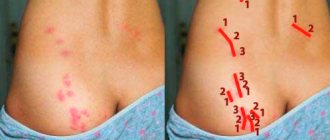Bedbugs are annoying blood-sucking parasites that cause great discomfort to residents of houses and apartments that they have chosen as their habitat. The greatest activity of insects, the search for prey and a source of food for them occurs at night, when people are sleeping. During the day they prefer to hide. For the destruction of adults, larvae and eggs, it is important to determine all the locations of their nests. Do bed bugs only live in pillows and blankets? Or they choose other places in the house for nesting. We will talk about this in our article.
The name "bed bugs" itself indicates that blood-sucking parasites choose a place near a bed, sofa, armchair for arranging a nest. But they do not live in bedding, but prefer to hide in more secluded and dark spaces:
- in the folds of upholstered furniture;
- in the crevices of the mattress;
- under the wooden elements of the bed;
- in various openings, corners, folds of the sofa.
Good to know!
The more complex the furniture design, the more corners, cracks, holes in it, the more opportunities for bugs to equip their nests in them. The optimal place for blood-sucking parasites is a space that is a hard surface above and below.
For this reason, bedbugs rarely choose pillows, mattresses and blankets for nesting. If you find an adult there, then it got there by accident. Soft material is not the most convenient habitat for insects for the following reasons:
- it is difficult for bugs to hold on and move around the filler;
- bugs love peace, and the pillow is often turned over, whipped, moved;
- the filler is not suitable as a foundation for laying eggs.
It doesn't matter what the filler is made of. Insects cannot move either on a synthetic winterizer, or on feathers and down, or on buckwheat husks. In mattresses and thick blankets, bugs are able to hide only from the outside, in folds and small gaps where their flat body crawls through.
Bed bugs in the sofa, in the internal cavities, in the filler.
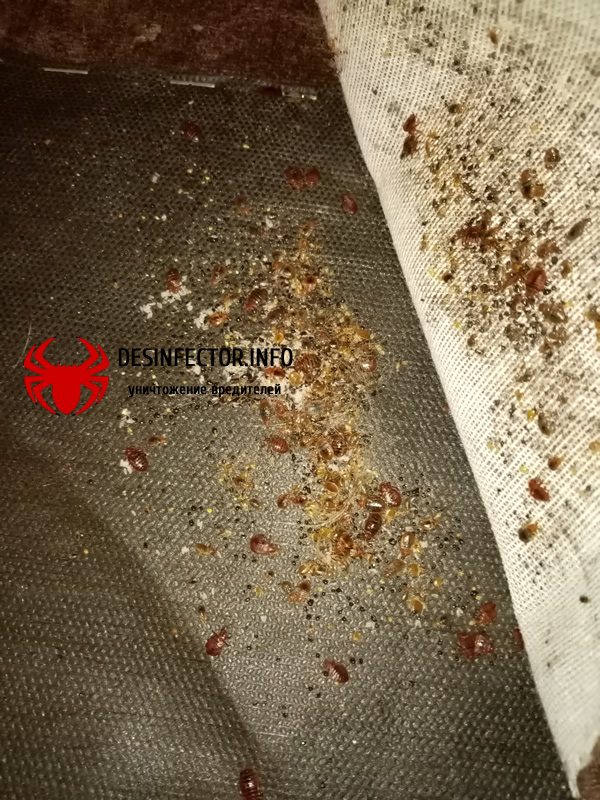
In my experience, there are insects in the inner planes of the sofa, but mostly bugs do not penetrate very deeply 1-2 cm inside, into the lining of the inner side, mainly these are the joints where there are holes or threaded connections.
This arises because the manufacturers of sofas apparently do not know about bedbugs, leaving a bunch of cracks, cavities in the inner surfaces of the sofa.
Or maybe they are driven by commercial interest, because the more the sofa is infected, the more likely it is that they will buy a new sofa.
It happens that the clients themselves are weird, for example, tearing off the back, surface or making holes in the furniture.
There was a case when the plywood in the sofa was cut with an ax, like a loophole for attacking bedbugs, and if in this situation it is impossible to destroy bedbugs, such a hole will become an excellent home for an insect.
Conclusion: bugs can be inside the upholstery, sofa filler, but in the presence of cracks or holes.
Symptoms
When a saprophyte mite population grows in a bed, furniture and other dusty places in a dwelling, its inhabitants develop characteristic symptoms:
- nasal congestion;
- copious discharge from the nasal passages;
- frequent sneezing;
- itching in the nasal cavity and palate;
- profuse lacrimation;
- irritation of the mucous membranes;
- dry cough;
- breathing disorder, especially at night;
- skin rashes, itching, peeling, burning.
The listed signs indicate that due to a person's contact with these linen arachnids, he developed tick-borne sensitization, or allergies. Children, the elderly, allergy sufferers and asthmatics are especially hard to tolerate the presence of ticks. Mites in pillows, blankets and mattresses can cause:
- asthmatic attacks;
- Quincke's edema;
- allergic rhinitis;
- acarodermatitis;
- conjunctivitis;
- bowel dysfunction.
It is possible to determine the presence of feather mites in pillows by indirect, direct signs. After sleeping, resting in bed, a person feels:
- headache;
- weakness;
- malaise;
- decreased performance;
- drowsiness;
- lack of energy.
Vivid symptoms often develop in people with an increased tendency to allergies, young children. The clinical picture is different, often found:
- rashes on the skin with itching, redness, flaking;
- rhinitis;
- frequent sneezing;
- dry, suffocating cough;
- lacrimation.
The condition normalizes on its own when irritating factors are eliminated (if a person starts sleeping in another place, a general cleaning is carried out, etc.), or special therapy is required.
Severe allergy symptoms are treated with antihistamines, antiallergic drugs. They use ointments, lotions, creams, tablets, drops, suspensions. To eliminate the manifestations of allergies during the elimination of allergens, the condition improves within a few days.
Bedbugs inside the mattress.
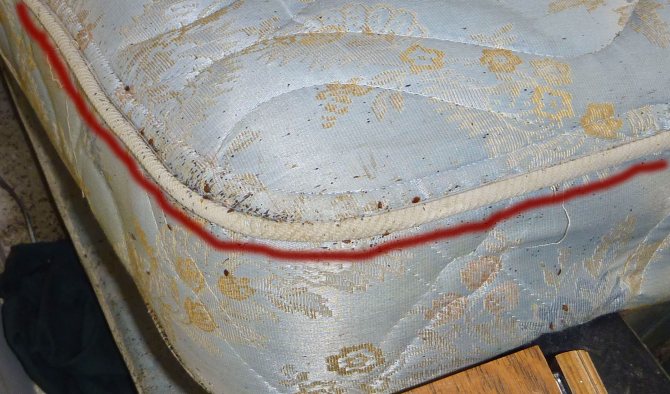

On the inner surface of the mattress, usually in the places of seams, tags, ventilation, handles, bugs form nests, but they are rare inside the mattress.
Some mattress manufacturers have taken care of the safety of their customers, so modern mattresses are airtight and protected from insects from getting inside, but they have one drawback, this is a huge internal space and if the mattress has damage, in the form of holes, the seams have parted, bed bugs can settle inside and start multiplying.
Bedbugs do not live in Soviet mattresses, they are very densely stuffed with cotton wool.
Danger of ticks
Dust mites that breed in bedding are tiny insects that feed on particles of the human epidermis. It is difficult to imagine how many microorganisms are in one pillow: the population size is about 3 million individuals, 200 each. per 1 cm2 of a feather. The dimensions of such arthropods are 0.1–0.3 mm, at high magnification they look like spiders, they consist of an oval abdomen, two claw appendages (chelicerae) and four pairs of legs equipped with suction cups. They are not parasites, but their life is closely related to humans.
In pillows and blankets, especially duvets, ticks inevitably start, as the ideal environment for their habitat is created in bed:
- a large number of exfoliated particles of the epidermis;
- increased humidity provoked by skin secretions;
- a bed heated to 25-30 ° C during sleep.
The dust mite does not bite a person, does not feed on blood, which means that it does not tolerate serious diseases, unlike its ixodid counterparts. The main danger lies in their secretions. The excrement of such individuals, especially the remnants of the digestive enzymes Der f1 and Der p1, are the strongest allergens for the human body, which easily penetrate the respiratory tract and settle on the skin.
Signs suggesting dust mite exposure include:
- nasal congestion, sneezing and coughing, which, if the cause is not found in time and measures are not taken, turn into chronic allergic rhinitis;
- irritation and swelling of the eyelids with the subsequent development of conjunctivitis;
- rashes, pimples and acne on the skin (in the long term - atopic dermatitis);
- shortness of breath, shortness of breath, in advanced cases leading to bronchial asthma.
Bed bugs in a blanket, pillow, pillowcase, sheet.
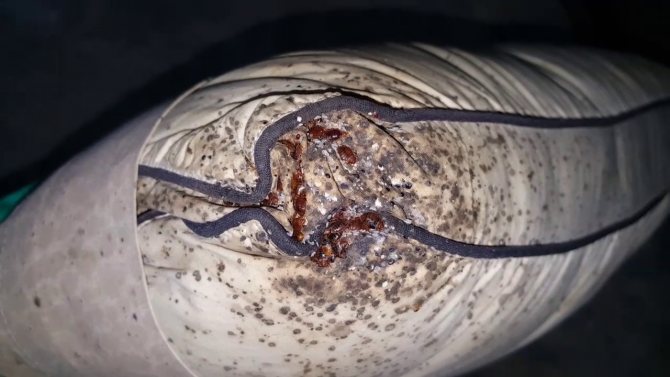

There are bugs on the pillow, under the pillowcase, I have not met inside, maybe solid pillows come across, maybe I was not lucky.
Some disinfectants say that they have met bedbugs inside the pillows, I have no reason not to trust them.
"Red bastards" love pillows filled with cotton, and synthetic materials are not very much, but this is not a panacea.
If anyone has any other experience, write.
On the sheets, if it is changed in a timely manner, the bug can only be found "passing through".
Prevention of bedbugs in the sofa, mattress, blanket, pillow.
Prevention is the best way to keep yourself safe from bed bugs and other insects such as cockroaches and bed mites. These activities should be carried out regularly.
Cleanliness of bedding:
- blankets, pillows, sheets, pillowcases must be clean and dry. Bed bugs will reproduce more slowly.
- iron the bedding on a high temperature.
- sew up all holes, loose seams
- protective covers for bedbugs are sold for mattresses, you can make it yourself from polyethylene.
Treatment of acarodermatitis and other diseases caused by ticks
- Regular cleaning of the house. Dust should be done every week. To increase efficiency, use special detergents, cleaning agents, or make their own solution - 1 tbsp for 10 liters of water. a spoonful of baking soda, kitchen salt, a few drops of soap.
- Wash. Clothes should be washed in hot water, dried in a well-ventilated area, outside. Be sure to iron with steam, store in closed plastic bags. Curtains and soft toys should also be sent regularly to the wash.
- Elimination of dust in carpets. The best option is to use modern vacuum cleaners with aquafilters. Common household appliances promote the spread of feather mites throughout the house, but do not reduce their number. If there is no modern vacuum cleaner, carpets are taken out into the street, knocked out.
- Special means. On sale there are special preparations containing a small dose of an insecticidal substance. Designed for processing soft, hard surfaces, washing. The action lasts from a week to 12 months. The price of funds for feather, dust mites from 150 rubles. up to 5000 rubles
- Minimization of dust collectors. Change the interior. Get rid of curtains, carpets, paths, soft toys. Buy furniture with leather or leatherette.


Methods for dealing with dust mites
Particular attention should be paid to the bed. Even if everything in the house is perfectly clean, the mites will remain living in the feathers.
- Replace feather pillows, mattresses with synthetic fiber products - silicone, synthetic winterizer, granular holofiber, etc.
- Take pillows outside regularly in hot, frosty weather. Feather mites are afraid of bright light, high, low temperatures, and wind.
- Give pillows, blankets, mattresses to dry cleaning.
- Wash bedding in soapy water. They lower the pillow for several hours, rinse in clean water, hang it outside to dry, periodically whipping the feathers.
We offer you to familiarize yourself with: What little spiders look like
It is recommended to buy new pillows, blankets every 3 years, and dry-clean mattresses on a regular basis.
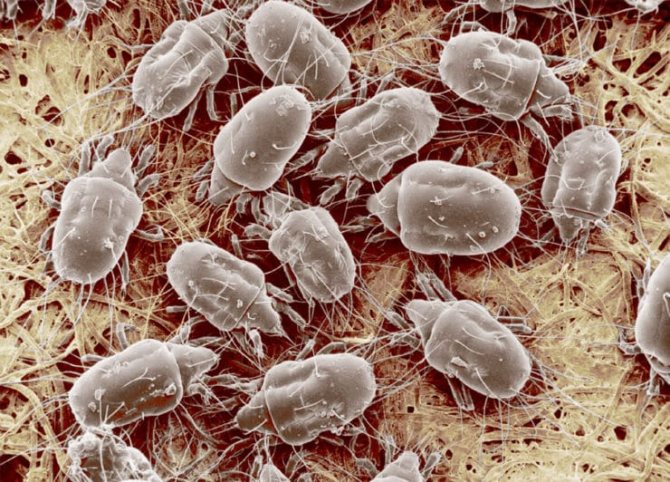

Dust mites under the microscope
The dust mite, which is also called bedding, furniture, mattress, bedding, linen, feathers, is so tiny that it can only be seen under a microscope. The size of its convex body rarely exceeds 0.5 mm. Attached to the body are 4 pairs of legs equipped with suction cups. The outside of the bed mite is covered with a water-repellent layer. What the parasite looks like can be seen in the photo taken in macro mode.
To date, science knows about more than 150 types of dust (bed) mites. The most dangerous to humans are Dermatophagoides farinae (farina) and Dermatophagoides pteronyssinus (pteronissinus).
A linen mite starts in an apartment or a private house, where it is warm and humid. According to various sources, the optimal temperature regime for the comfortable existence and reproduction of the parasite is 18–26 ° С. The ideal air humidity for a bed dweller is 55% and above. These creatures have a relatively short lifespan of 65–80 days. During this period, the female manages to lay up to three hundred eggs.
If a hairy mite lives in flour, grain, residues of plant and animal origin, then the dust mite starts up:
- on bookshelves;
- in wardrobes;
- in bedding (pillows, blankets, blankets, bedspreads, mattresses);
- carpets made of natural materials;
- in soft toys;
- on curtains and curtains;
- in magazines and books;
- in furniture upholstery;
- in deposits of old clothes;
- in places where dust accumulates (behind books and wardrobes, furniture).
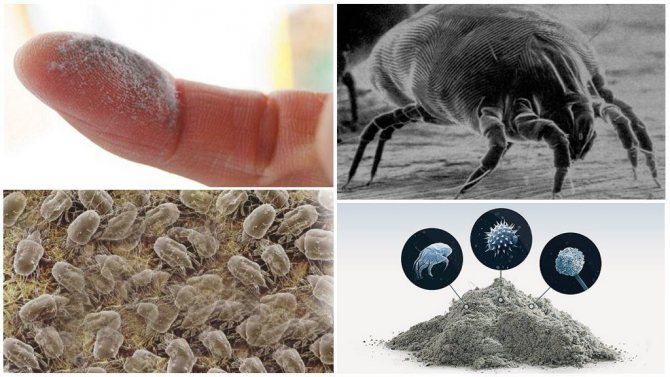

Household ticks do not live alone, only in colonies. In 1 g of dust, they can be up to ten thousand. These mites are saprophytes, that is, they feed on dead organic matter. In Latin they are called "dermatophagoides". This means that they eat away dead particles of human skin.
If children or adults show signs of tick-borne sensitization, the first step is to eliminate the allergen, after which you can start treatment. To eliminate signs of allergy, antihistamines are used (Suprastin, Fenistil, Zirtek, Tsetrin). To get rid of the consequences of contact with a tick on the body, means for external use are used: a 20% suspension of benzyl benzoate according to the Demianovich method and antiparasitic ointments (10-33% sulfuric ointment, Wilkinson's ointment, etc.).
Before applying the listed drugs to the affected skin, you must take a shower. The water temperature should be as hot as possible. This procedure will remove feather arachnids from the skin surface and loosen the upper layer of the epidermis for deeper penetration of the drug.
| Ingredients | Preparation | Application |
| Vinegar (6%) | Not required. | Treat the affected areas with a cotton pad moistened with liquid. You do not need to wash off the product. |
| Packaged green or black tea | Dip the tea bag in hot water for 5-7 minutes, then squeeze it lightly. | Apply the bag to the itchy area for 15–20 minutes. |
| Dry or fresh St. John's wort, calendula, or chamomile | 1 tbsp. l. herbs pour 200 ml of boiling water. Close the container with the mixture with a lid and let it brew. After complete cooling, strain the infusion. | For half an hour, apply a cotton pad abundantly moistened with healing liquid to the affected area. |
| Aloe, plantain | Mix the crushed components in equal parts. | Apply a mass to the affected area several times a day. |
| Squeeze the juice out of the plants by mixing it in a 1: 1 ratio. | Apply a cotton pad moistened with medicine to the affected area several times a day. |
Means "Lays Dermatophagoides" contains neutralized allergens of the parasite. After taking it, the patient's body gradually adapts to the influence of tick enzymes. By the principle of action, these drugs are similar to vaccines.


